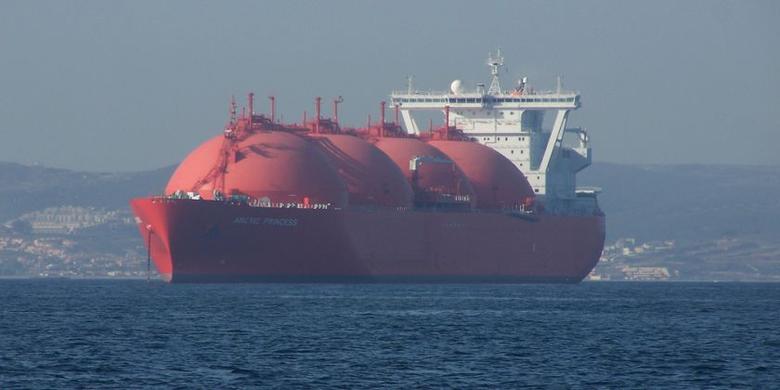
ASIAN GROWTH IS GLOBAL

World energy consumption is projected to increase by 48% over the next three decades, led by strong increases in the developing world—especially in Asia.
Rising incomes in China, India, and other emerging Asia economies are a key driver of the global energy outlook. Developing Asia accounts for more than half of the projected increase in global energy use through 2040. This increase will have a profound effect on the development of world energy markets. Clean energy technologies play an important role in the outlook, with renewables expected to be the fastest-growing energy source.
IEO2016 presents updated projections for world energy markets through 2040. Outside of the United States, projections are based on current laws, regulations, and announced policies, where such indicators have historically been reliable guides. For the United States, the projections are generally based on existing laws and regulations but do not include the effects of the recently finalized Clean Power Plan (CPP) regulations. Published EIA analysis of the proposed version of the CPP shows potential significant reductions in U.S. coal consumption and increases in U.S. renewable consumption.
Some key findings:
World energy use increases from 549 quadrillion British thermal units (Btu) in 2010 to 815 quadrillion Btu in 2040. The increase mainly occurs in the developing world, driven by long-term growth in economies and populations. More than half of the total world increase in energy consumption is attributed to developing Asia (Figure 1).
IEO2016 projects renewables as the world's fastest-growing energy source—increasing by 2.6% per year through 2040—but fossil fuels still supply more than three-quarters of world energy use (Figure 2). Although petroleum and other liquids remain the largest source of energy, the liquid fuels share of world marketed energy consumption falls from 33% in 2012 to 30% in 2040.
Natural gas is the fastest-growing fossil fuel in the outlook. Global natural gas consumption grows by 1.9% per year. Abundant natural gas resources and robust production—including rising supplies of tight gas, shale gas, and coalbed methane—contribute to the strong competitive position of natural gas. Coal is the world's slowest-growing energy source, rising by 0.6% per year through 2040. By 2030, natural gas surpasses coal to become the world's second-largest energy source after liquid fuels (Figure 2).
Other IEO2016 highlights:
By 2040, coal, natural gas, and renewable energy sources provide roughly equal shares (28%-29%) of world electricity generation—a significant change from 2012, when coal provided 40% of all power generation. Hydropower and wind are the two largest contributors to the increase in world electricity generation from renewable energy sources, together accounting for two-thirds of the total increase from 2012 to 2040. Hydropower and wind generation each increase by about 1.9 trillion kilowatthours (kWh) in the IEO2016 Reference case.
Throughout the projection, the top three coal-consuming countries—China, the United States, and India—together account for more than 70% of the world's coal use. China currently accounts for almost half of the world's coal consumption, but a slowing economy and plans to implement policies to address air pollution and climate change contribute to declining coal use in China in the later years of the projection. Inclusion of the CPP substantially lowers coal use in the United States from the level projected in the IEO2016 Reference case. Of the world's three largest coal consumers, only India is projected to increase coal use throughout the projection period.
Worldwide electricity generation from nuclear power increases from 2.3 trillion kWh in 2012 to 4.5 trillion kWh in 2040, as concerns about energy security and greenhouse gas emissions support the development of new nuclear generating capacity. Virtually all of the projected net expansion in the world's installed nuclear capacity occurs in the developing world, led by China's addition of 139 gigawatts of nuclear capacity from 2012 to 2040.
The industrial sector continues to account for the largest share of delivered energy consumption, using over half of global delivered energy in 2040.
Worldwide energy-related carbon dioxide emissions rise from 32 billion metric tons in 2012 to 36 billion metric tons in 2020 and then to 43 billion metric tons in 2040, a 34% increase from 2012 to 2040.
-----
Earlier:
CHINA'S OIL & GAS DEMAND WILL UP
OPEC: WORLD ECONOMY & OIL MARKET
LNG MARKET: TRENDS AND OUTLOOK







